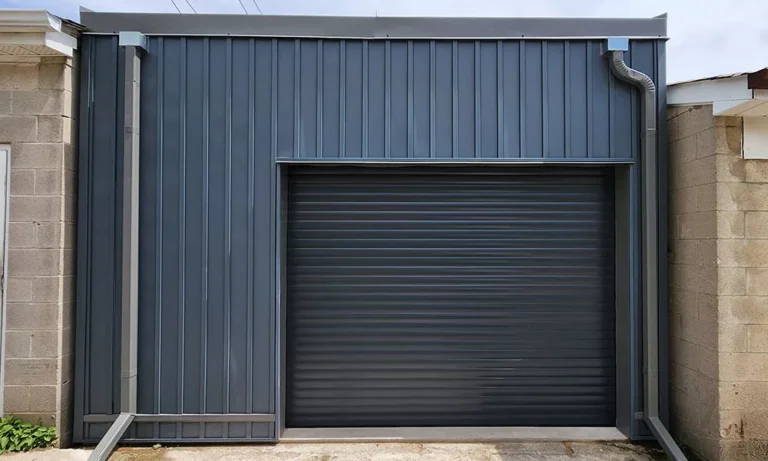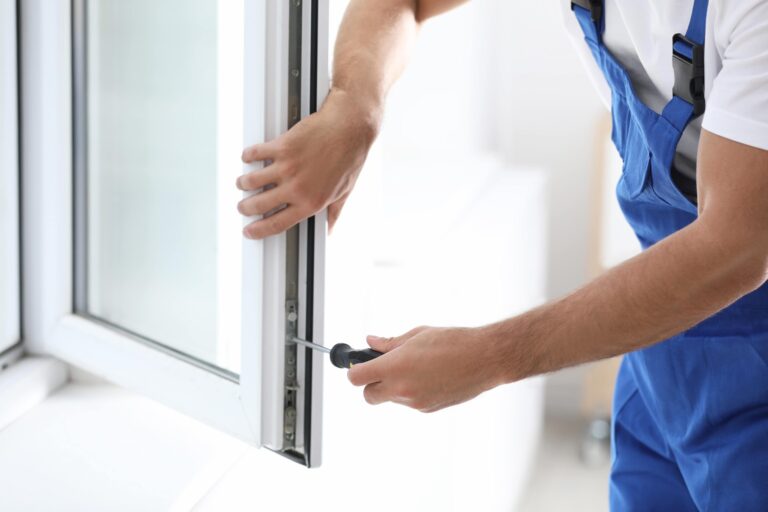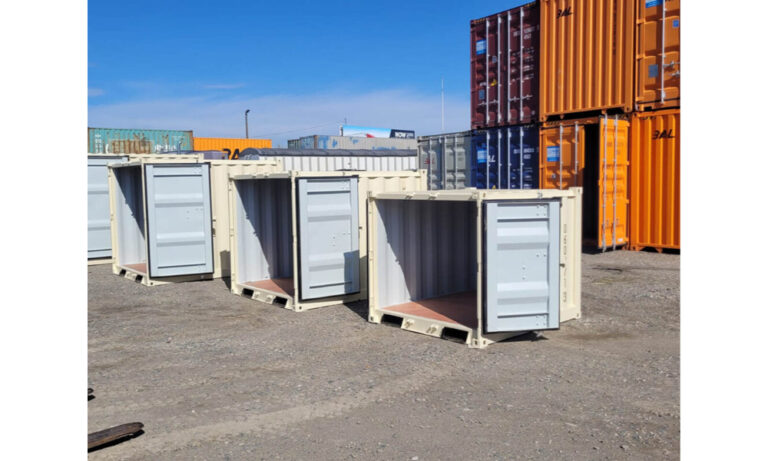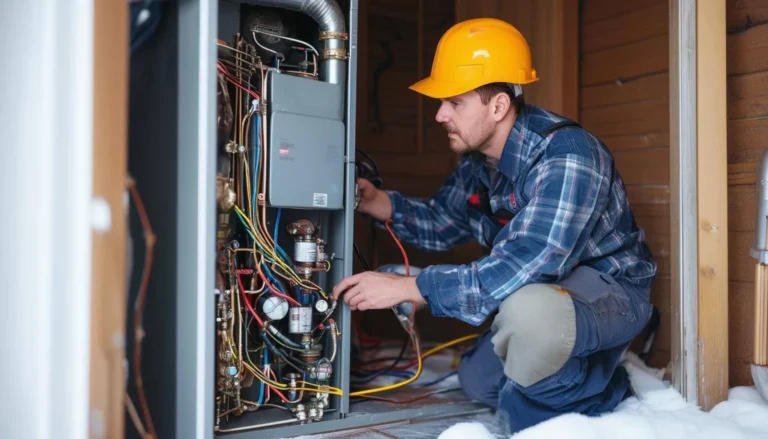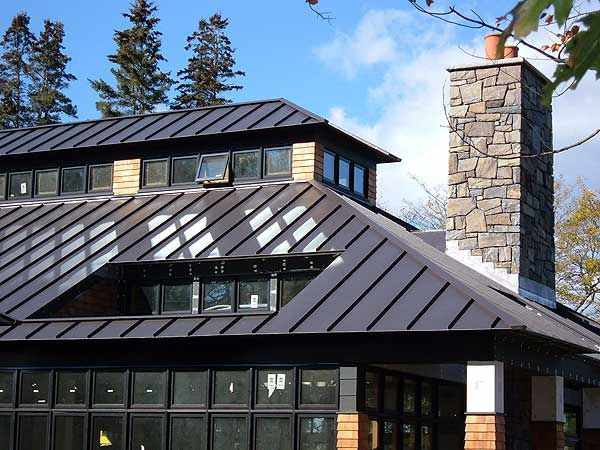Organising a significant exhibition presents a formidable challenge. These gatherings, from international trade shows to major public displays, involve thousands of attendees and immense operational scope. They demand a level of precision that goes far beyond simple coordination.
Success hinges on a specialised approach. It requires meticulous planning and strategic foresight at every stage. The sheer scale introduces complexities in budget control, vendor relations, and audience experience.
This comprehensive guide delves into the core components of professional exhibition orchestration. It explores the strategic foundations needed to build a resilient framework. The focus is on seamless execution from initial concept through to final analysis.
Readers will gain insights into managing multiple stakeholders and intricate operational details. The content covers vital areas like marketing alignment and proactive risk mitigation. The goal is to provide a clear roadmap for delivering exceptional outcomes.
Key Takeaways
- Large-scale exhibitions demand a highly specialised and strategic approach to planning.
- Success relies on meticulous coordination of complex logistics and numerous stakeholders.
- Professional management encompasses the entire lifecycle, from initial strategy to post-event analysis.
- Effective control of substantial budgets is a fundamental pillar of a successful exhibition.
- Proactive risk management and contingency planning are essential for navigating unforeseen challenges.
- The attendee experience is a primary focus, requiring careful orchestration of all event elements.
Introduction to Large-Scale Exhibition Management
Large-scale exhibitions present unique operational challenges that differentiate them from smaller functions. These gatherings demand specialised coordination across multiple domains.
Understanding the Scope of Major Events
Major exhibitions typically involve hundreds to thousands of participants. This scale fundamentally changes the management approach required.
Venue complexity increases significantly with multiple interconnected spaces. Exhibition halls, breakout rooms, and outdoor zones must operate simultaneously.
| Event Scale | Typical Attendees | Venue Complexity | Key Considerations |
|---|---|---|---|
| Small | 50-200 | Single space | Basic coordination |
| Medium | 200-500 | 2-3 spaces | Moderate planning |
| Large-scale | 500+ | Multiple zones | Comprehensive management |
Expert Tips from Smart XS Professionals
Smart XS experts emphasise setting realistic expectations from the outset. Proper scope definition prevents operational overload.
They recommend thorough venue assessment before finalising plans. Understanding spatial limitations helps avoid last-minute adjustments.
Effective planning considers attendee flow between different areas. This ensures smooth transitions and positive experiences.
Strategic Foundations for Exhibition Success
Effective exhibition outcomes stem from meticulous strategic groundwork laid during initial phases. This foundational work establishes clear direction for all subsequent activities. It ensures resources align with intended results.
Defining Objectives and Target Audience
A robust strategic planning process begins with precise goal setting. Using the SMART framework creates Specific, Measurable, Achievable, Relevant, and Time-bound targets. This approach provides clear evaluation methods post-event.
Understanding the audience forms another critical component. Comprehensive analysis of attendee demographics and interests enables tailored experiences. This knowledge helps shape content that resonates with participants.
Budget Planning and Timeline Milestones
Financial foresight is essential for exhibition success. Detailed budgets should encompass all anticipated expenses. Allocating 10-15% as contingency funds safeguards against unforeseen costs.
Realistic scheduling with defined milestones maintains project momentum. Breaking the planning process into manageable phases ensures timely completion. Regular communication with stakeholders fosters commitment throughout the journey.
Early engagement with sponsors and vendors provides valuable insights. Their input during the strategic planning phase refines objectives. This collaborative approach enhances the final experience for all involved.
event logistics and project management for large-scale exhibitions
Translating complex exhibition blueprints into seamless on-site experiences demands sophisticated coordination systems. This phase represents the critical junction where strategic planning meets practical execution.
Coordinating Complex Operational Tasks
Effective large-scale event management requires meticulous orchestration of numerous moving parts. The logistical framework must ensure every component functions harmoniously.
Venue coordination involves detailed space allocation and staff positioning. Breakout rooms, registration areas, and technical spaces need optimal configuration. This supports all planned activities smoothly.
Breaking down complex operational tasks into manageable components is essential. Clear deadlines and responsibility allocation prevent overlaps. Team members receive assignments based on their specific expertise.
Robust communication plans form the backbone of successful execution. Regular team meetings and reporting systems address issues promptly. Project management tools facilitate real-time collaboration.
| Task Category | Responsibility | Timeline | Communication Method |
|---|---|---|---|
| Venue Setup | Operations Lead | Pre-event Week | Daily Briefings |
| Vendor Coordination | Procurement Team | Ongoing | Shared Platform |
| Safety Compliance | Health & Safety Officer | Continuous | Checklist Reports |
| Attendee Services | Customer Experience Team | Event Days | Radio Communication |
Detailed operational documents serve as essential reference guides. Run sheets, task checklists, and contact lists ensure consistency. These resources support all team members throughout the process.
Managing large-scale events successfully hinges on this coordinated approach. Each element from transportation to technical setup requires precise timing. The result is a seamless experience for all participants.
Operational Coordination and Vendor Management
The vendor ecosystem for major gatherings demands strategic relationship management. Multiple service providers must work in harmony to create cohesive experiences.
Catering companies, security firms, and audio-visual suppliers form the core team. Furniture rental and technology providers complete this complex network.
Establishing Clear Contracts and Communication
Detailed contracts protect all parties involved in the exhibition process. Essential elements include deliverables, timelines, and payment terms.
Cancellation policies and liability clauses ensure mutual understanding. Quality standards must be explicitly defined from the outset.
Regular communication with suppliers prevents complications during execution. Timely updates about changes help vendors adjust their services accordingly.
Proactive addressing of questions maintains smooth operations. Quick resolution of issues supports positive outcomes for all stakeholders.
Best Practices from SmartXS Experts
SmartXS professionals emphasise thorough vendor selection processes. They recommend comparing pricing and availability carefully.
Contract negotiation skills are crucial for securing favourable terms. Relationship management extends beyond the initial agreement.
Performance evaluation helps identify reliable partners for future events. Backup plans with alternative suppliers mitigate risks effectively.
Transportation arrangements require meticulous planning for distant attendees. Airport transfers and hotel room blocks need careful coordination.
Clear travel information supports positive participant experiences from arrival. Staff coordination ensures all logistical elements function seamlessly.
Marketing, Communication and Attendee Engagement
Building excitement and attendance requires a comprehensive promotional strategy that connects with target audiences. This involves creating compelling content across multiple channels to generate genuine interest.
Effective communication maintains momentum from initial promotion through post-exhibition follow-up. It ensures participants feel valued throughout their entire journey.
Integrated Marketing and Social Media Tactics
A cohesive marketing approach combines digital platforms with traditional methods. Social media plays a crucial role in building community around the gathering.
Creating shareable content encourages organic reach beyond initial campaigns. Event-specific hashtags help consolidate online conversations.
Regular updates keep potential attendees engaged during the planning phase. Visual content often generates the strongest response across platforms.
Enhancing the Attendee Experience
The participant journey begins with clear pre-event information. Setting accurate expectations builds anticipation while reducing confusion.
During the exhibition, interactive elements maintain engagement levels. Networking opportunities and hands-on activities create memorable moments.
Post-event communication gathers valuable feedback for future improvements. Sharing highlights extends the experience beyond the actual dates.
“The most successful exhibitions create communities, not just audiences.”
Technology supports this continuous engagement through dedicated apps. These tools provide real-time updates and facilitate connections between participants.
Risk Management and Contingency Planning
Unforeseen circumstances can disrupt even the most meticulously planned gatherings, making comprehensive contingency strategies essential. These preparations protect against operational failures and ensure participant safety throughout the programme.
Identifying and Mitigating Potential Risks
Thorough risk assessment identifies hazards across multiple categories. Weather disruptions, technical failures, and security breaches require specific mitigation plans.
Developing detailed contingency plans for each threat enables quick responses. Backup arrangements for venue changes and equipment sources maintain continuity. Financial reserves covering 10-15% of budgets address unexpected costs effectively.
Emergency Response and Security Strategies
Professional security personnel trained in crowd management ensure attendee safety. Venue security measures include surveillance systems and clearly marked emergency exits.
Establish clear emergency response protocols for various scenarios. Medical emergencies, natural disasters, and security threats each demand specific procedures. Staff training ensures calm execution under pressure.
Crowd control measures manage high-traffic areas strategically. Barriers, signage, and designated points minimise accident risks. Trained personnel guide attendees smoothly while responding to questions.
Adequate insurance coverage protects against financial losses from cancellations or accidents. Understanding policy terms ensures comprehensive protection for all stakeholders involved.
Conclusion
The final phase of exhibition management extends beyond the closing ceremony to capture lasting value. This guide has outlined the integrated framework necessary for success, from initial strategy to post-gathering analysis.
Selecting the right venue remains a foundational decision that influences every operational aspect. Thorough evaluation ensures the space aligns with audience expectations and supports seamless logistics.
Meticulous planning across all domains creates the resilience needed to deliver exceptional experiences. The process does not conclude when attendees depart.
Gathering stakeholder feedback through surveys and performance reviews fuels continuous improvement. This documentation provides crucial insights for refining future events.
While complex in scope, mastering this discipline offers significant rewards. Applying these comprehensive strategies enables organisers to create impactful gatherings that achieve their objectives and leave a positive, enduring legacy.
FAQ
What are the key considerations when selecting a venue for a large-scale exhibition?
Choosing the right venue is critical. Organisers must assess capacity, layout flexibility, accessibility, and proximity to transport hubs. They should also confirm the venue’s infrastructure can support technical needs like power, lighting, and internet for all vendors and attendees.
How important is a contingency plan for managing large-scale events?
A robust contingency plan is essential for success. It prepares the team for unforeseen issues, from supplier cancellations to adverse weather. Having clear emergency response protocols ensures attendee safety and minimises disruption, protecting the overall experience.
What strategies enhance attendee engagement before and during an exhibition?
Effective engagement starts with targeted marketing and clear communication. Using social media for updates and teasers builds anticipation. During the event, interactive features, clear signage, and readily available staff to answer questions significantly improve the attendee experience.
How can organisers effectively manage multiple vendors and stakeholders?
Successful coordination relies on establishing clear contracts and maintaining open communication channels. Using a centralised project management system helps track tasks and deadlines. Regular meetings with all parties ensure alignment and provide a forum for feedback and updates.
What role does security play in the planning of a large-scale exhibition?
Security is a fundamental component of risk management. Plans should cover crowd control, access points, and emergency response procedures. Working with professional security personnel helps safeguard attendees, staff, and assets, contributing to a secure and successful event.


